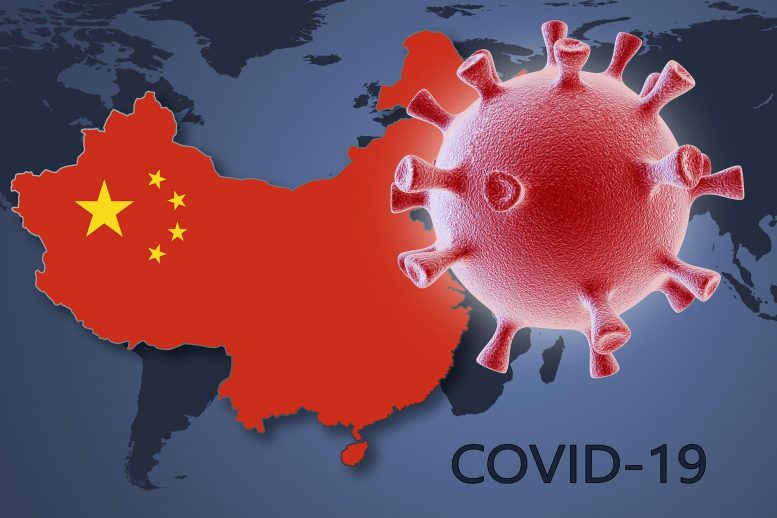
According to the analysis, if the Wuhan travel ban and national emergency response had not been implemented, the number of confirmed COVID-19 cases outside of Wuhan would have exceeded 700,000 by day 50.
China’s control measures during the first 50 days of the COVID-19 epidemic may have delayed the spread of the virus to cities outside of Wuhan by several days and, by interrupting transmission nationwide, prevented more than 700,000 infections across the country, according to an international team of researchers. The findings, published today (March 31) in the journal Science, could be useful to countries that are still in the early phases of the COVID-19 outbreak.
“The number of confirmed cases in China by day 50 (February 19) of the epidemic, was around 30,000,” said Christopher Dye, visiting professor of zoology and visiting fellow at the Oxford Martin School, University of Oxford. “Our analysis suggests that without the Wuhan travel ban and the national emergency response, there would have been more than 700,000 confirmed COVID-19 cases outside of Wuhan by that date. China’s control measures appear to have worked by successfully breaking the chain of transmission — preventing contact between infectious and susceptible people.”
The researchers used a unique combination of case reports, human movement data and public health intervention information to investigate the spread and control of COVID-19. They examined the movements of 4.3 million people out of Wuhan before the travel ban, the types and timing of control measures implemented across the cities of China and the numbers of COVID-19 cases reported each day in every city.
“One fascinating aspect of our work is that it shows the power of novel data streams such as cell phone mobility data,” said Ottar Bjornstad, distinguished professor of entomology and biology, Penn State. “Since the time period we studied included the Spring Festival holiday and Chinese Lunar New Year, we were able to compare patterns of travel into and out of Wuhan during the outbreak with cell phone data from two previous spring festivals. The analysis revealed an extraordinary reduction in movement following the travel ban of January 23, 2020. Based on this data, we could also calculate the likely reduction in Wuhan-associated cases in other cities across China.”
The team’s model also analyzed the specific effects of the Wuhan shutdown and found that it delayed the arrival of COVID-19 in other cities by several days. “This delay provided extra time to prepare for the arrival of COVID-19 in more than 130 cities,” said Huaiyu Tian, associate professor of epidemiology, Beijing Normal University.
These cities banned public gatherings, closed entertainment venues, and suspended public transport, among other actions. As a result, they reported 33% fewer confirmed cases during the first week of their outbreaks than cities that did not implement a Level 1 Response.
While the control measures taken thus far have reduced the number of COVID-19 infections to very low levels, China, is by no means out of the woods.
“Given the small fraction of the Chinese population that has been infected, a much larger number of people remains at risk of COVID-19,” said Tian. “We are acutely aware that resident or imported infections could lead to a resurgence of transmission.”
Bjornstad noted that SARS-CoV-2 may establish as a human endemic globally in the years to come.
“It is critical to keep in mind that this virgin epidemic likely will affect people of different ages and susceptibilities, and therefore have different fatality levels, than possible subsequent seasonal epidemics,” he said.
Reference: “An investigation of transmission control measures during the first 50 days of the COVID-19 epidemic in China” by Huaiyu Tian, Yonghong Liu, Yidan Li, Chieh-Hsi Wu, Bin Chen, Moritz U. G. Kraemer, Bingying Li, Jun Cai, Bo Xu, Qiqi Yang, Ben Wang, Peng Yang, Yujun Cui, Yimeng Song, Pai Zheng, Quanyi Wang, Ottar N. Bjornstad, Ruifu Yang, Bryan T. Grenfell, Oliver G. Pybus and Christopher Dye, 31 March 2020, Science.
DOI: 10.1126/science.abb6105
Other authors on the paper include Yonghong Liu, Yidan Li, Bingying Li, Ben Wang, and Qiqi Yang, all at Beijing Normal University; Oliver Pybus, Oxford University. Chieh-Hsi Wu, University of Southampton; Bin Chen, University of California, Davis; Moritz Kraemer, University of Oxford, Harvard University and Boston Children’s University; Jun Cai and Bo Xu, Tsinghua University; Peng Yang, Quanyi Wang and Ruifu Yang, Beijing Center for Disease Prevention and Control; Yujun Cui, Beijing Institute of Microbiology and Epidemiology; Yimeng Song, the University of Hong Kong; Pai Zheng, Peking University; and Bryan Grenfell, the National Institutes of Health and Princeton University.
This research was funded by the National Natural Science Foundation of China, the Beijing Natural Science Foundation, the Beijing Advanced Innovation Program for Land Surface Science, the Young Elite Scientist Sponsorship Program by CAST, the Oxford Martin School and the Military Logistics Research Program.

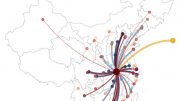

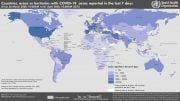
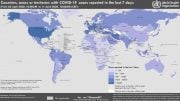

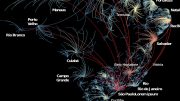

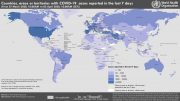
You have got to be kidding. Their muzzling of scientists and doctors alone permitted the spread of this dangerous pandemic and you think they did something worthy of praise? Truly, you have got to be kidding.
Isolating populations indoors with a virus that spreads as an aerosol is an asinine policy. We should not have followed China’s lead then, now, or ever. This is a scientific publication??